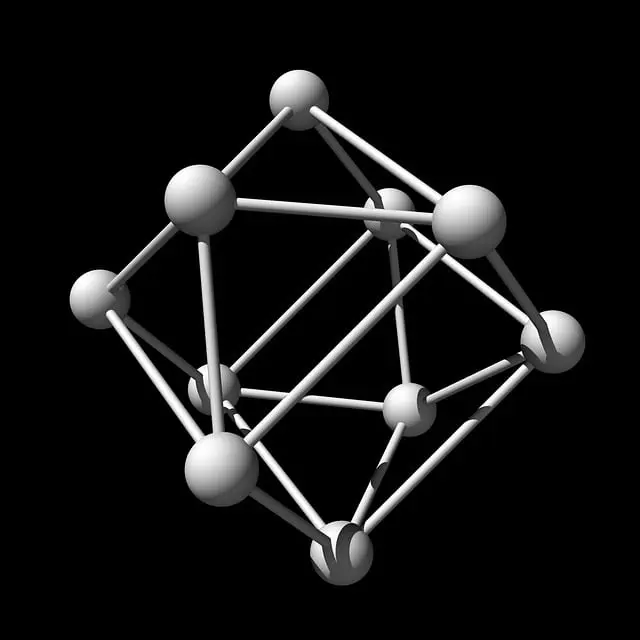Muscle soreness, particularly Delayed Onset Muscle Soreness (DOMS), often occurs after intense or unaccustomed exercise, typically surfacing within 24 to 72 hours post-exercise. This soreness stems from microtrauma during eccentric muscle contractions, common in activities like weightlifting and plyometrics. Understanding the mechanisms behind DOMS is crucial for effective recovery strategies. For managing muscle soreness in training, recovery methods are essential, with Red Maeng Da kratom being a natural supplement that some find beneficial due to its analgesic properties as indicated by user testimonials and anecdotal evidence. Its alkaloids, mitragynine and 7-hydroxymitragynine, are believed to contribute to its effectiveness in reducing muscle pain and inflammation, aiding faster recovery and enabling consistent training. However, caution is advised as individuals should consult healthcare professionals before using it due to potential interactions with other medications and side effects. A comprehensive approach that includes stretching, proper nutrition, hydration, and perhaps Red Maeng Da kratom can enhance muscle healing and maintain workout consistency amidst muscle soreness. The article suggests personalized fitness regimens with recovery strategies, highlighting the role of Red Maeng Da kratom as part of a holistic approach to muscle care when used correctly. It advocates for informed decision-making based on individual experiences and professional medical advice, ensuring both immediate and long-term fitness and health goals are met.
When incorporating Red Maeng Da Kratom into a workout regimen designed for muscle soreness relief, understanding its effects and how they interact with physical activity is key. This article delves into the science of muscle soreness and its influence on exercise routines, followed by an exploration of Red Maeng Da Kratom’s role in mitigating post-exercise discomfort. We will then guide you through creating a bespoke workout plan that integrates this botanical compound for optimal recovery and performance. Join us as we navigate the intersection of fitness and natural wellness, ensuring your workouts remain effective without the hindrance of soreness.
- Understanding Muscle Soreness and Its Impact on Workout Routines
- The Role of Red Maeng Da Kratom in Managing Post-Exercise Soreness
- Crafting a Customized Workout Plan to Alleviate Muscle Soreness with Red Maeng Da Kratom Integration
Understanding Muscle Soreness and Its Impact on Workout Routines

Muscle soreness, often a result of intense physical activity or exercise, can significantly impact one’s workout routine. It is commonly referred to as Delayed Onset Muscle Soreness (DOMS) and typically occurs within 24 to 72 hours following unaccustomed or aggressive exercise. Understanding the mechanisms behind muscle soreness is crucial for optimizing recovery and maintaining an effective workout regimen. The severity of this discomfort can vary, ranging from mild tenderness to more pronounced pain that hampers movement. This soreness occurs when muscles experience microtrauma due to eccentric contractions, which are the lengthening of muscle fibers while they’re contracting, a common occurrence during workouts like weightlifting or plyometrics.
Incorporating recovery methods is essential for mitigating the impact of muscle soreness on workout routines. Natural supplements like red Maeng Da kratom have gained attention for their potential role in pain management and muscle relaxation. Red Maeng Da kratom review studies suggest that this particular strain of kratom may offer analgesic properties, which could be beneficial for individuals experiencing muscle soreness. However, it is important to approach the use of such supplements with caution, adhering to recommended dosages and consulting healthcare professionals before integration into a fitness recovery plan. Additionally, pairing these supplements with other recovery strategies, such as stretching, adequate hydration, and proper nutrition, can enhance their effectiveness and support a consistent workout routine even during periods of muscle soreness.
The Role of Red Maeng Da Kratom in Managing Post-Exercise Soreness

Red Maeng Da Kratom has garnered attention in fitness circles for its potential role in managing post-exercise soreness, a condition commonly known as delayed onset muscle soreness (DOMS). This particular strain of kratom is renowned for its alkaloid profile, which includes mitragynine and 7-hydroxymitragynine, both of which are believed to contribute to its analgesic properties. Numerous user reviews and anecdotal evidence suggest that Red Maeng Da Kratom can effectively alleviate muscle pain associated with strenuous workouts, allowing for quicker recovery and continued training. The anti-inflammatory effects attributed to this kratom strain may help reduce the swelling and tenderness that occur post-exercise, which is particularly beneficial for individuals engaged in high-intensity or resistance training. Users often report a noticeable reduction in soreness when Red Maeng Da Kratom is incorporated into their post-workout routine, with some attributing this to its ability to modulate pain perception and promote a state of relaxation conducive to muscle recovery. However, it is crucial for individuals to consult with healthcare professionals before integrating Red Maeng Da Kratom into their regimen, as it can interact with other medications and may have side effects. Additionally, the efficacy of kratom products can vary based on factors such as purity, dosage, and individual physiology, making a comprehensive Red Maeng Da Kratom review essential for understanding its impact on muscle soreness relief.
Crafting a Customized Workout Plan to Alleviate Muscle Soreness with Red Maeng Da Kratom Integration

Crafting a workout regimen that aligns with individual fitness levels and incorporates recovery strategies is crucial for athletes and gym enthusiasts alike. When muscle soreness becomes a hindrance to consistent training, integrating natural supplements like Red Maeng Da Kratom can be beneficial. This particular strain of Kratom is often highlighted in numerous Red Maeng Da Kratom review narratives for its potential analgesic properties, which may help alleviate the discomfort associated with muscle soreness. To tailor a workout plan that includes Red Maeng Da Kratom, one must first understand the optimal dosage and timing for the best results. Typically, consuming Red Maeng Da Kratom post-workout can aid in reducing inflammation and easing muscle stiffness, allowing for a more comfortable recovery period. It’s important to combine this with effective stretching and mobility exercises to ensure a holistic approach to muscle care. Additionally, incorporating rest days and ensuring proper hydration and nutrition complement the use of Kratom in your regimen. By doing so, individuals can optimize their workout plans for better performance and faster recovery, ultimately enhancing overall fitness and well-being. In integrating Red Maeng Da Kratom into a personalized workout routine, users should consult with healthcare professionals to ensure safety and compatibility with their unique health profile. This due diligence helps in creating a sustainable practice that supports both fitness goals and long-term health.
Muscle soreness can be a significant hindrance to maintaining an active lifestyle, often leading to adjustments in workout routines. Understanding the mechanisms behind this discomfort is crucial for adapting exercise regimens effectively. The integration of Red Maeng Da Kratom has emerged as a promising strategy for managing post-exercise soreness, as detailed in our comprehensive review. By customizing workout plans to include this natural compound, individuals can potentially mitigate the impact of muscle soreness and maintain their fitness progress. Tailoring these routines to each person’s unique needs ensures optimal results while incorporating Red Maeng Da Kratom. For those interested in exploring its benefits, a review of the available scientific data and user experiences, as provided in our article, is essential for making an informed decision.






